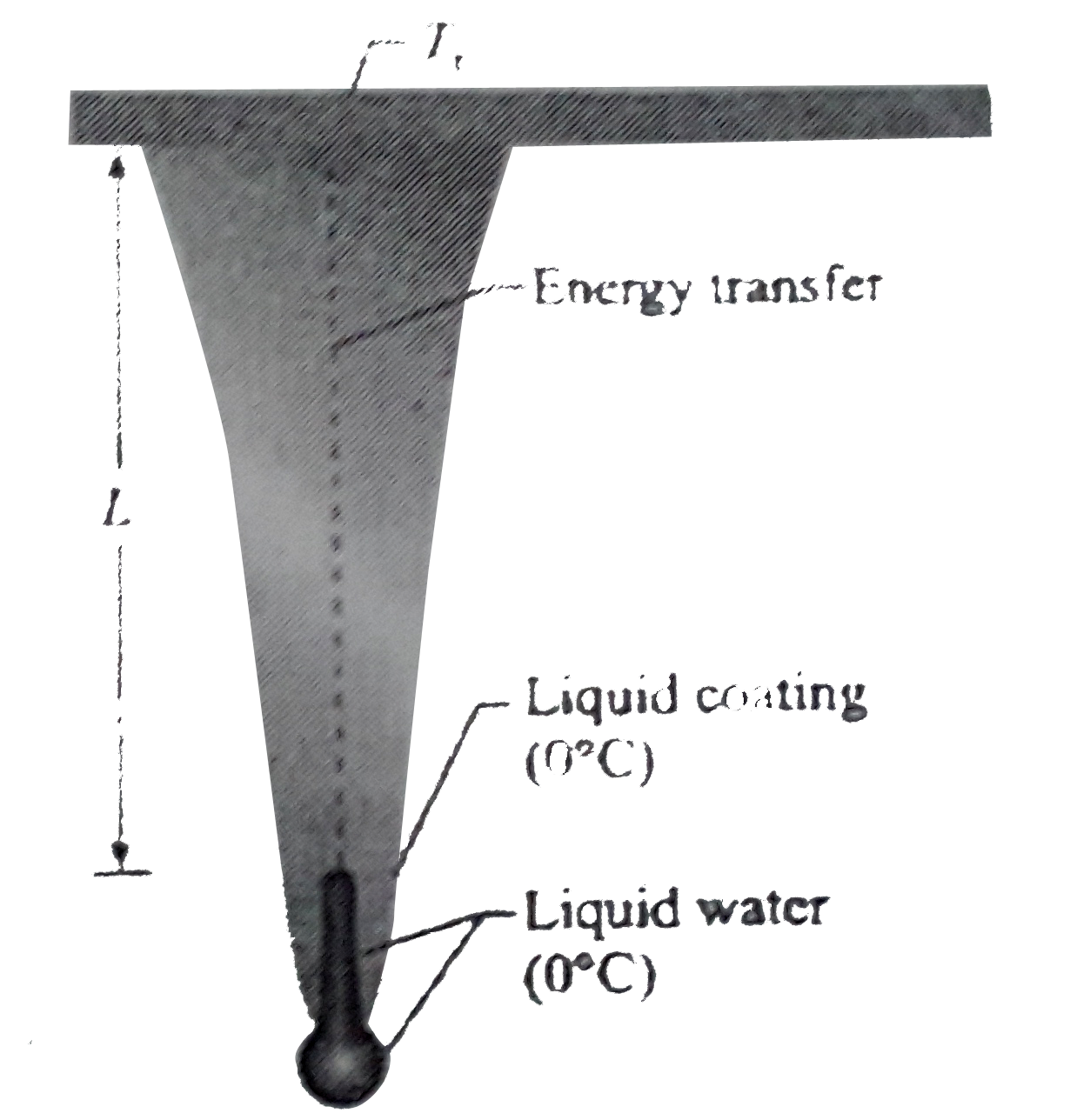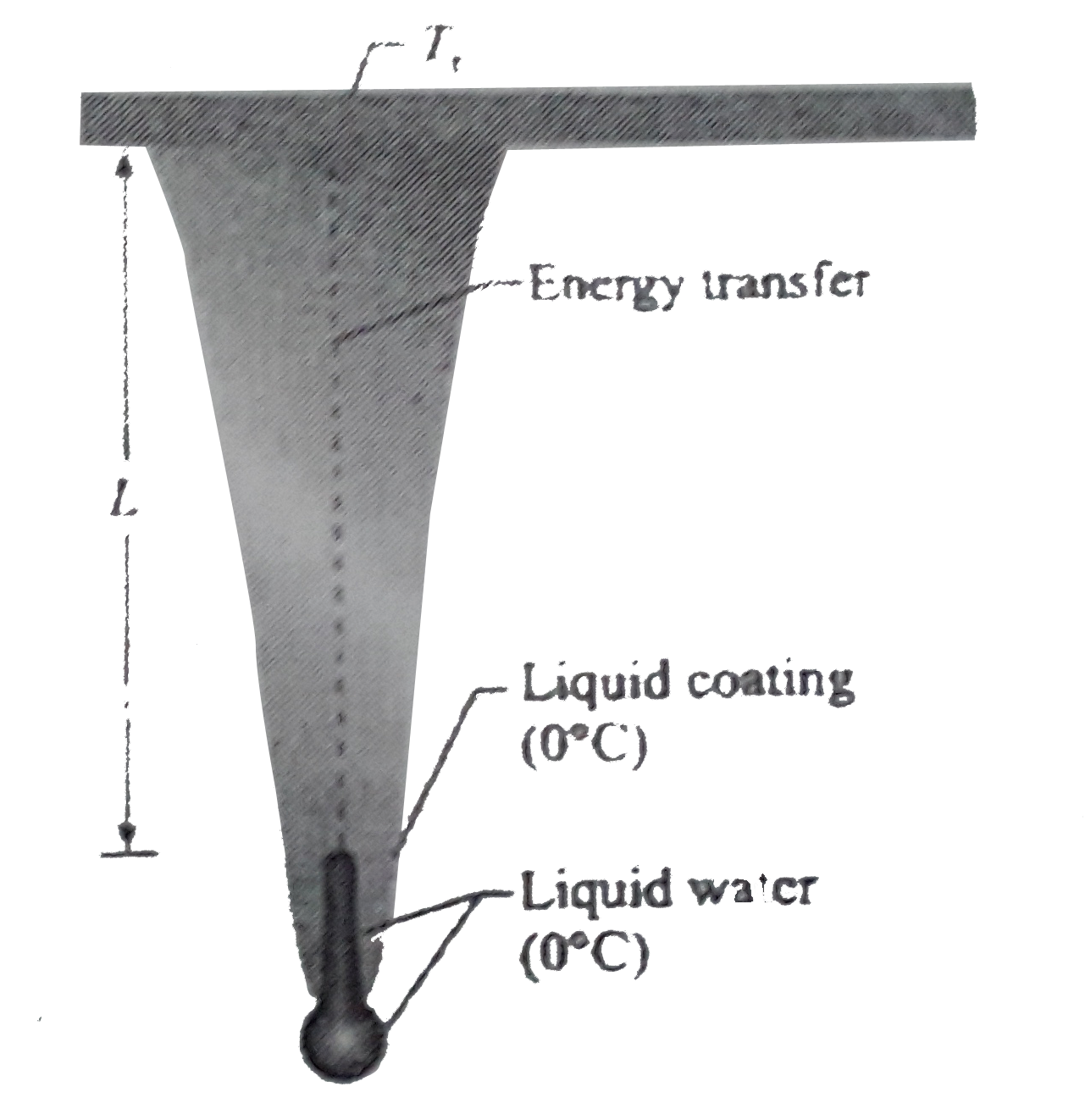In a hypothetical nuclear fusion reactor, the fuel is deuterium gas at a temperature of7×108 K. If this gas could be used to operate a Carnot engine with TL=50∘C, what would be the engine's efficiency? Take both temperatures to be exact and report your answer to eight significant figures.
To find the efficiency of a Carnot engine operating between two temperatures, we can use the formula for the efficiency of a Carnot engine:
Efficiency(η)=1−TLTH
Where:
- TH is the absolute temperature of the hot reservoir (in Kelvin).
- TL is the absolute temperature of the cold reservoir (in Kelvin).
Step 1: Convert the lower temperature from Celsius to Kelvin
The lower temperature TL is given as 50∘C. To convert this to Kelvin, we use the formula:
TL=50+273.15=323.15K
Step 2: Identify the higher temperature
The higher temperature TH is given as 7×108K.
Step 3: Substitute the temperatures into the efficiency formula
Now we can substitute TL and TH into the efficiency formula:
η=1−TLTH=1−323.157×108
Step 4: Calculate the fraction
First, calculate the fraction:
323.157×108≈4.615×10−7
Step 5: Calculate the efficiency
Now substitute this value back into the efficiency formula:
η=1−4.615×10−7≈0.9999995385
Step 6: Round to eight significant figures
Finally, we round this result to eight significant figures:
η≈0.99999954
Thus, the efficiency of the Carnot engine is approximately 0.99999954.
---
- TH is the absolute temperature of the hot reservoir (in Kelvin).
- TL is the absolute temperature of the cold reservoir (in Kelvin).
The lower temperature TL is given as 50∘C. To convert this to Kelvin, we use the formula:
The higher temperature TH is given as 7×108K.
Now we can substitute TL and TH into the efficiency formula:
First, calculate the fraction:
Now substitute this value back into the efficiency formula:
Finally, we round this result to eight significant figures:
Topper's Solved these Questions
- BOOK - RESNICK AND HALLIDAYCHAPTER - THE FIRST LAW OF THERMODYNAMICSEXERCISE - PRACTICE QUESTIONS ( SINGLE CORRECT CHOICE TYPE )48videos
THE FIRST LAW OF THERMODYNAMICS
- BOOK - RESNICK AND HALLIDAYCHAPTER - THE FIRST LAW OF THERMODYNAMICSEXERCISE - PRACTICE QUESTIONS ( MORE THAN ONE CORRECT CHOICE TYPE )9videos
THE FIRST LAW OF THERMODYNAMICS
- BOOK - RESNICK AND HALLIDAYCHAPTER - THE FIRST LAW OF THERMODYNAMICSEXERCISE - CHECK POINT8videos
THE FIRST LAW OF THERMODYNAMICS
- BOOK - RESNICK AND HALLIDAYCHAPTER - TEMPERATURE, ZEROTH LAW OF THERMODYNAMICS AND THERMAL EXPANSION EXERCISE - PRACTICE QUETIONS (Integer Type)4videos
TEMPERATURE, ZEROTH LAW OF THERMODYNAMICS AND THERMAL EXPANSION
- BOOK - RESNICK AND HALLIDAYCHAPTER - THE KINETIC THEORY OF GASESEXERCISE - PRACTICE QUESTIONS72videos
THE KINETIC THEORY OF GASES
Similar Questions
An analyst starts a first order chemica reaction at 8.00 A.M. in the morning at the laboratory temperature of 27∘ C At 1.00 P.M. he discovered that only 10% of the reaction was complete by that time To speed-up the reaction he increased the temperature to 127∘ C At 4.00 P.M. he found that only 50% of the reaction was complete Any how he did not want to stay in laboratory beyond 5.00 P.M. but he could not leave the laboratory until the reaction was 90% complete Fortunately he found a suitable catayst adding which at 4.00 P.M. at 127∘ C he could meet the target of 5.00 P.M. and 90% Answer the following questions based on the above observation (Use ln109=0.1ln95=0.6,ln10=2.3ln5=1.6,ln8=2)
What was the activation energy of the original pathway?View SolutionAn analyst starts a first order chemica reaction at 8.00 A.M. in the morning at the laboratory temperature of 27∘ C At 1.00 P.M. he discovered that only 10% of the reaction was complete by that time To speed-up the reaction he increased the temperature to 127∘ C At 4.00 P.M. he found that only 50% of the reaction was complete Any how he did not want to stay in laboratory beyond 5.00 P.M. but he could not leave the laboratory until the reaction was 90% complete Fortunately he found a suitable catayst adding which at 4.00 P.M. at 127∘ C he could meet the target of 5.00 P.M. and 90% Answer the following questions based on the above observation (Use ln109=0.1ln95=0.6,ln10=2.3ln5=1.6,ln8=2)
What was the activation energy of the catalyzed pathway?View Solution
Knowledge Check
- Question 1 - Select One
An ideal gas heat engine operates in Carnot cycle between 227∘C and 127∘C. It absorbs 6.0×104cal of heat at high temperature. Amount of heat converted to work is :
A2.4×104calB4.8×104calC1.2×104calD6.0×104cal - Question 2 - Select One
An ideal gas heat engine operates in Carnot cycle between 227∘C and 127^(@)C.It|or|bs6 xx 10^(4) cals of heat at higher temperature. Amount of heat converted to work is
A2.4×104calB6×104calC1.2×104calD4.8×104cal - Question 3 - Select One
Read the passage carefully and answer the followingquestions.
Imagine a system, that can keep the room temperature within a narrow range between 20∘C to 25∘C. the system includes a heat engine operating with variable power P=KT, where K is a constant coefficient, depending upon the thermal insulation of the room, the area of the walls and the thickness of the walls. T is temperature of the room in degree, when the room temperature drops lower than 20∘C, the engine turns on,when the temperature increase over 25∘C, theengineturnsoff, room looses energy at a ate of K(T−T0 is the outdoor temperature. Thde heat capacity of the room is C.
Given (T0=10∘C,In(32)=0.4,In(65)=0.18,CK=750SI−unit)
Suppose at t = 0, the engine turns off, after how much time interval, again, the engine will turn on:A10 minuteB5 minuteC1.125minuteD2.25minute
Liquid water coats an active (growing) icicle and extends up a short, narrow tube along the central axis. Because the water-ice interface must have a temperature of 0∘C, the water in the tube cannot lose energy through the sides of the icicle or down through the tip because there is no temperature change in those directions . It can lose energy and freeze only by sending energy up(through distance L) to the top of the icicle, where the temperature Tr can be below 0∘C. Take L=0.10m and Tr=−5∘C.Assume that the central tube and the upward conduction path both have crosse-sectional area A=0.5m2. The thermal conductivity of ice is 0.40 W/m⋅K, latent heat of fusion is LF=4.0×105J/K and the density of liquid water is 1000 kg/m3.

At what rate does the top of the tube move downward because of water freezing there?View SolutionLiquid water coats an active (growing) icicle and extends up a short, narrow tube along the central axis. Because the water-ice interface must have a temperature of 0∘C, the water in the tube cannot lose energy through the sides of the icicle or down through the tip because there is no temperature change in those directions . It can lose energy and freeze only by sending energy up(through distance L) to the top of the icicle, where the temperature Tr can be below 0∘C. Take L=0.10m and Tr=−5∘C.Assume that the central tube and the upward conduction path both have crosse-sectional area A=0.5m2. The thermal conductivity of ice is 0.40 W/m⋅K, latent heat of fusion is LF=4.0×105J/K and the density of liquid water is 1000 kg/m3.

The rate at which mass converted from liquid to ice at the top of the central tube isView SolutionLiquid water coats an active (growing) icicle and extends up a short, narrow tube along the central axis. Because the water-ice interface must have a temperature of 0∘C, the water in the tube cannot lose energy through the sides of the icicle or down through the tip because there is no temperature change in those directions . It can lose energy and freeze only by sending energy up(through distance L) to the top of the icicle, where the temperature Tr can be below 0∘C. Take L=0.10m and Tr=−5∘C.Assume that the central tube and the upward conduction path both have crosse-sectional area A=0.5m2. The thermal conductivity of ice is 0.40 W/m⋅K, latent heat of fusion is LF=4.0×105J/K and the density of liquid water is 1000 kg/m3.

The rate at which the energy conducted upward isView SolutionAn ideal gas heat engine operates in Carnot cycle between 227∘C and 127∘C. It absorbs 6x104cals of heat at higher temperature. Amount of heat converted to work is
View SolutionAn ideal gas heat engine operates in a Carnot's cycle between 227∘Cand127∘C. It absorbs 6×104J at high temperature. The amount of heat converted into work is
View Solution

